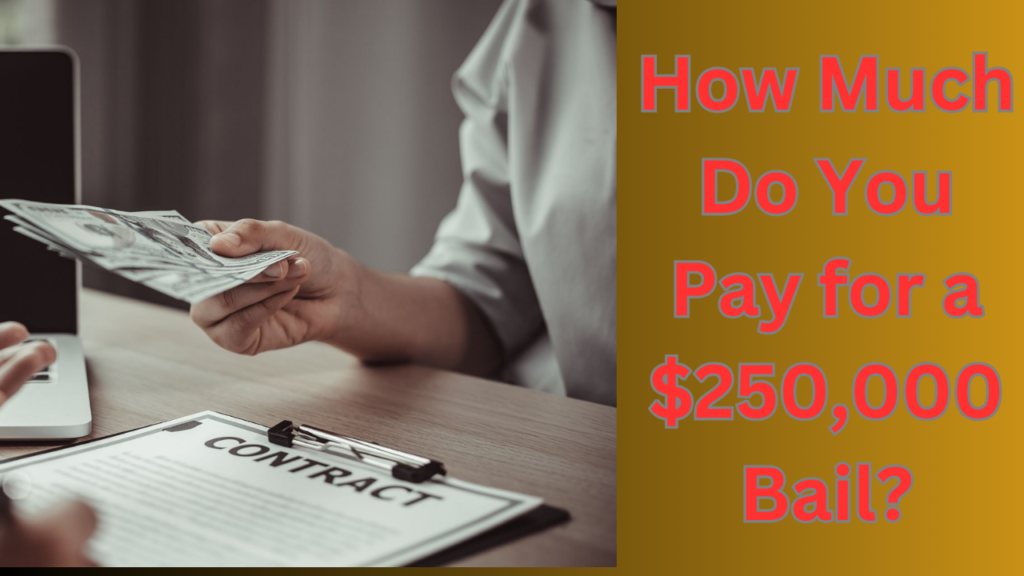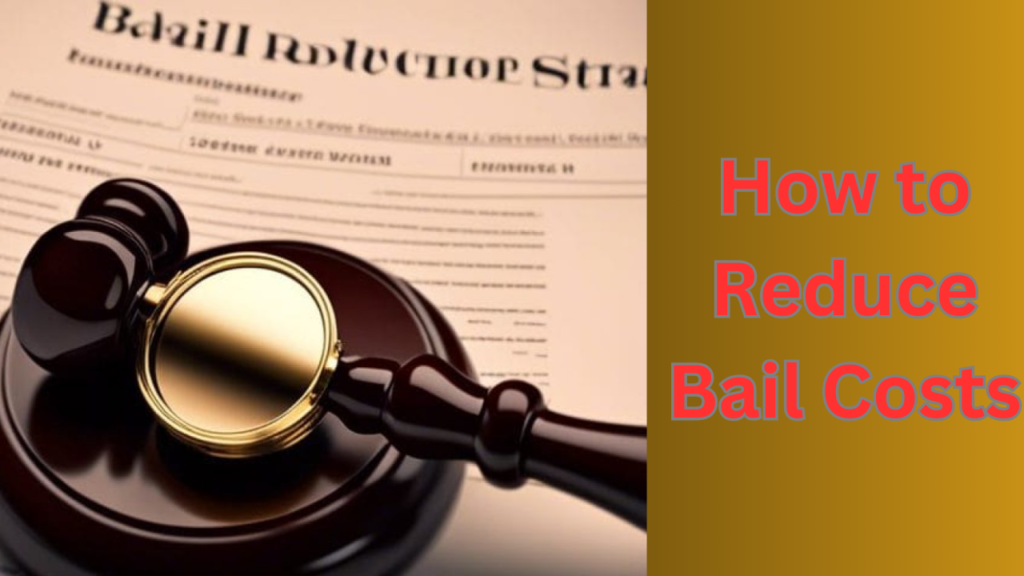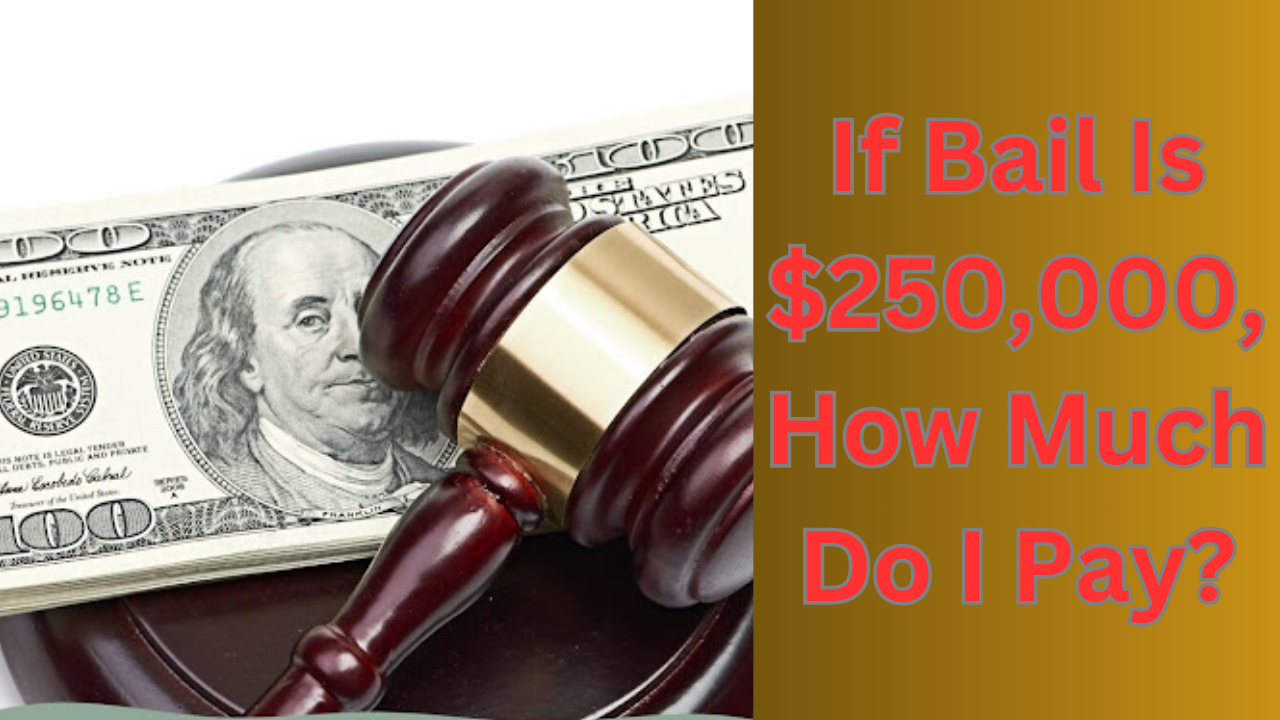When arrested, they may have to pay bail to get out of jail until their court date. Bail is money that acts as a promise that the person will return to court. The money is lost if they do not show up, and they may be arrested again.
The judge decides the bail amount based on the seriousness of the crime, the person’s past behavior, and the chances that they will return to court. Bail amounts can be very high, sometimes reaching hundreds of thousands of dollars.
How Much Do You Pay for a $250,000 Bail?

If the bail amount is set at $250,000, you have two main ways to pay:
Pay the Full Amount in Cash
- The simplest way to get out of jail is to pay the full $250,000 in cash. This money is held by the court and returned when the person attends all their court dates.
- If they miss court, the money is not returned.
- Many people do not have this much cash available, so they look for other options.
Also Check: Can a Therapist Legally Report You to the Police?
Use a Bail Bondsman
- A bail bondsman is a person or company that helps people pay their bail.
- Instead of paying the full $250,000, you pay the bondsman a fee, usually 10% of the bail amount.
- For a $250,000 bail, the fee would be $25,000.
- This fee is non-refundable, meaning you do not get it back even if the person goes to court.
- The bondsman will also ask for collateral, like a house, car, or valuable belongings, to make sure they do not lose money if the person does not return to court.
What Happens If You Cannot Pay?
If you or your family cannot afford to pay bail, you may have to stay in jail until your court date. In some cases, a lawyer can ask the judge to lower the bail amount. The judge might agree if:
- The crime is not very serious.
- The person has a job and a family that depends on them.
- They have never been in trouble before.
Some people may also be released on their own recognizance, meaning they promise to come to court without paying any money. This usually happens for minor crimes.
Bail Bonds vs. Full Payment: Pros and Cons
| Method | Pros | Cons |
|---|---|---|
| Full Cash Payment | Money is returned if all court dates are attended | Requires a lot of money upfront |
| Bail Bond | Only 10% of bail is needed upfront | The fee is non-refundable |
| Stay in Jail | No money needed | Must remain in jail until the court date |
What Happens After Bail Is Paid?
Once bail is paid, the person is released from jail. They must follow certain rules, such as:
- Attending all court dates.
- Staying in the same city or state.
- Avoiding contact with certain people if ordered by the court.
- Following any other conditions set by the judge.
If they break these rules, the judge can cancel the bail, and they will be arrested again.
Why Is Bail So Expensive?
Bail amounts can be high because they are meant to ensure that the person will return to court. Judges set higher bail for serious crimes or if they think the person might try to run away. In some cases, if a person is a danger to the public, the judge may not allow bail at all.
Can You Get Bail Money Back?
If you paid the full $250,000 in cash, you will get it back after the case is over as long as the person attends all court dates. However, if you used a bail bondsman, the $25,000 fee is never refunded, even if the case is dismissed.
How to Reduce Bail Costs

If you or a family member is facing high bail, here are some ways to reduce the cost:
- Request a Bail Hearing – A lawyer can ask the judge to lower the bail.
- Use Property as Collateral – Some courts allow property instead of cash.
- Seek a Bail Reduction Program – Some places offer help for low-income people.
- Hire a Lawyer – A good lawyer may help reduce bail or even get a person released without paying.
Also Check: How to Play Christ Is Come on Clarinet Sheet Music Guide
FAQs
How much do I need to pay if bail is set at $250,000?
If you pay the full bail amount yourself, you need to provide the entire $250,000 to the court. However, if you use a bail bondsman, you typically pay a non-refundable fee of 10%, which would be $25,000, and the bondsman covers the rest.
Can I get my money back after paying bail?
If you pay the full $250,000 directly to the court, you will get it back after the case is resolved, as long as the defendant appears at all required court dates. However, if you use a bail bondsman, the 10% fee ($25,000) is non-refundable, even if the case is dismissed.
Are there payment plans available for bail bonds?
Yes, many bail bond companies offer payment plans if you can’t afford the full 10% fee upfront. You may need to provide collateral (such as property or a vehicle) or agree to a financing plan with interest.
Conclusion
If bail is set at $250,000, the amount you need to pay depends on how you choose to handle it. Paying the full amount means you will get the money back, but it requires a lot of cash upfront. Using a bail bondsman allows you to pay just 10% of the amount, but the fee is non-refundable. Understanding how bail works can help families make the best decision if they ever face this situation.




